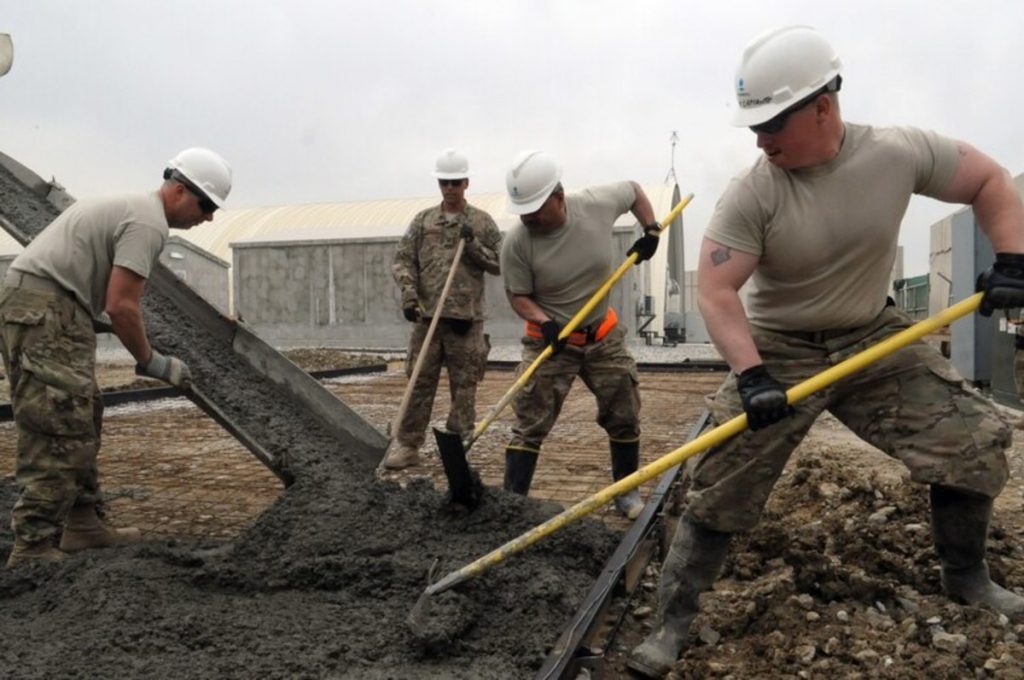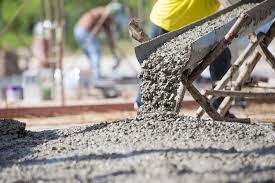Binder (water and aggregates) are mixed together with additional mineral and additive additions to alter the properties of the concrete while it is new or after it has hardened, depending on what is required.
- In the past, concrete was manufactured using other binders, such as aerial or hydraulic lime, which are still used today.
- The use of gypsum to manufacture “poor” concrete was likewise unusual.
- Self-compacting concrete (SCC) is a new formulation of concrete that does not need to be compacted after it has been poured.
- Adding water to cement sets and hardens it, giving the combination the same resistance as a rock.
- To this day, it is used to create structures and is the most often used building material on Earth.
It was the development of reinforced concrete that made this possible
It wasn’t until reinforced concrete came along that concrete became widely available. For decades, the combination has been unable to be used because of its weak tensile strength. The importance is high for sodium gluconate malaysia .

A precise date for the development of reinforced concrete is impossible, although it is likely to have taken place during the Industrial Revolution, when steel and concrete output was at an all-time high.
An Example With France
France’s 17th and 18th century inventors were already considering employing iron as a traction-resistant material in conjunction with other materials that were also resistant to compression, such as stone. Perrault’s East Colonnade of the Louvre and Rondelet’s pronaos of the church of Saint Genevieve in Paris are two examples of this arrangement. Only a few projects have been able to benefit from combining steel and stone, due to the apparent obstacles in doing so. However, when steel was coupled with a plastic substance like cement conglomerate, the static principle was put into practise. Numerous builders, including Loriot, Fleuret and Raucourt de Charleville, described and tested the theory around the end of the 18th century. Since the industrial manufacture of artificial cement began in 1845, however, the efforts have grown increasingly significant.
The Right Kind of Elements
He developed the first concrete roof in formwork and reinforced with contoured iron profiles in 1847. JL Lambot also created a boat in 1847 with a hull made of a thin concrete shell set on a mesh of flat irons. The ship‘s hull is on display at the Paris Universal Exposition in 1855.
Conclusion
Joseph Monier, a gardener at the Orangery in Versailles, was the first to patent the notion of giving reinforcements the function of stretched parts in a beam exposed to bending in November of 1877. The Monier system was developed throughout Europe around the turn of the century with the help of the Monier insole. There are no theories or experiments that support the Monier system. First comprehensive theoretical and practical analyses of reinforced concrete buildings were published in a German technical journal in 1886 by Eng. Matthias Koenen. First published theory of reinforced concrete structures was completed in the following year by Koenen and Eng. GA Wayss, who wrote Das System Monier.

